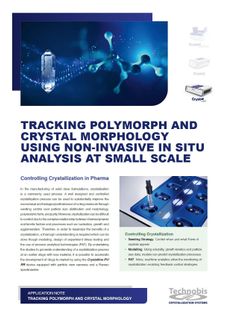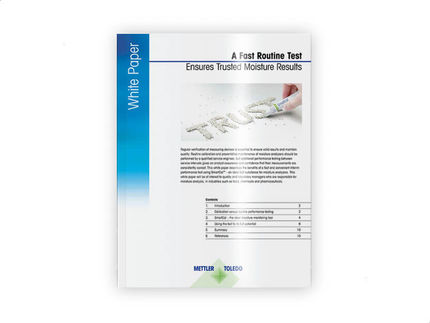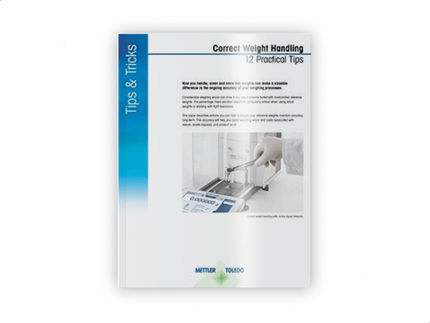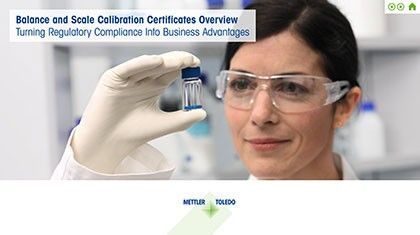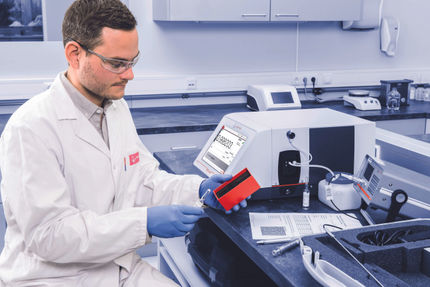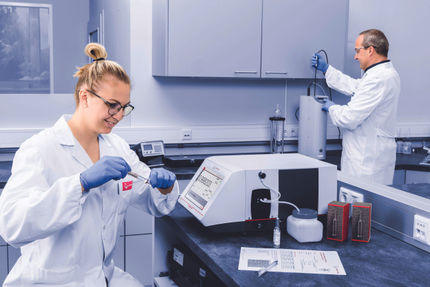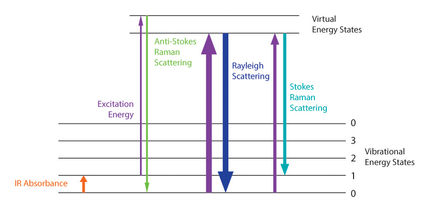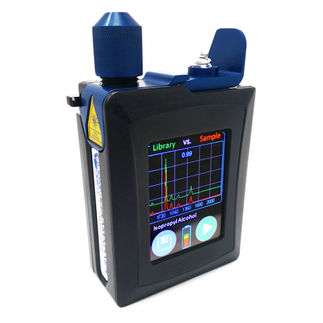Making Raman Measurements Reproducible
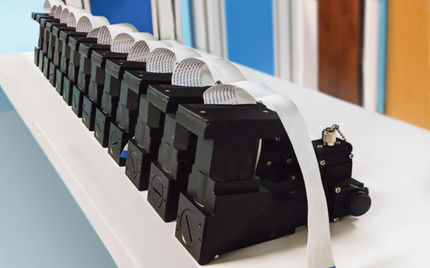
How to get >99.5% unit-to-unit spectrum agreement
Variety may be the spice of life, but variability is not – particularly for OEM instrument developers who must guarantee an answer based on the quality of a Raman spectrum.
These answers matter, to their customers and to those affected by the decisions made based upon those outputs. A good-quality OEM spectrometer should, by design, exhibit low unit-to-unit variability from the start, and any remaining small differences should be corrected in order to achieve the most robust and repeatable analytical outcomes in the field.
In this Tech Note, we demonstrate a method to correct for slight variations in the wavenumber and intensity response of multiple units, achieving better than 99.5% agreement between any two spectrometers across seven Raman spectrometers of the same model and configuration.
Download white paper now
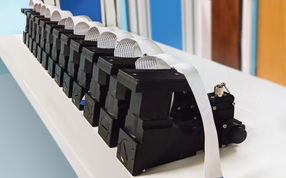
Making Raman Measurements Reproducible
How to get >99.5% unit-to-unit spectrum agreement
White Paper classification
White papers on related topics
Products on related topics
Manufacturers of similar products
See the theme worlds for related content
Topic World Spectroscopy
Investigation with spectroscopy gives us unique insights into the composition and structure of materials. From UV-Vis spectroscopy to infrared and Raman spectroscopy to fluorescence and atomic absorption spectroscopy, spectroscopy offers us a wide range of analytical techniques to precisely characterize substances. Immerse yourself in the fascinating world of spectroscopy!

Topic World Spectroscopy
Investigation with spectroscopy gives us unique insights into the composition and structure of materials. From UV-Vis spectroscopy to infrared and Raman spectroscopy to fluorescence and atomic absorption spectroscopy, spectroscopy offers us a wide range of analytical techniques to precisely characterize substances. Immerse yourself in the fascinating world of spectroscopy!
